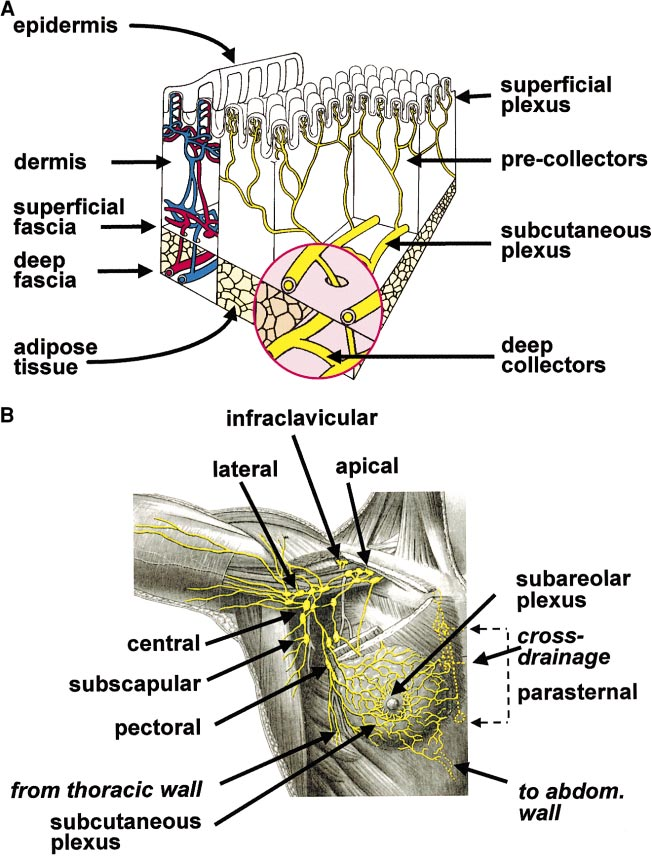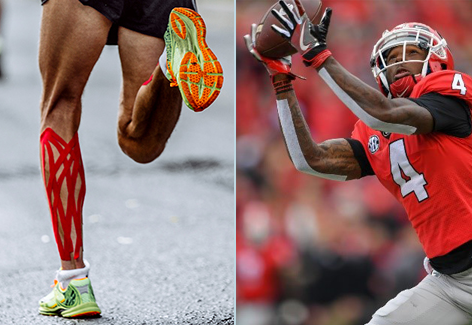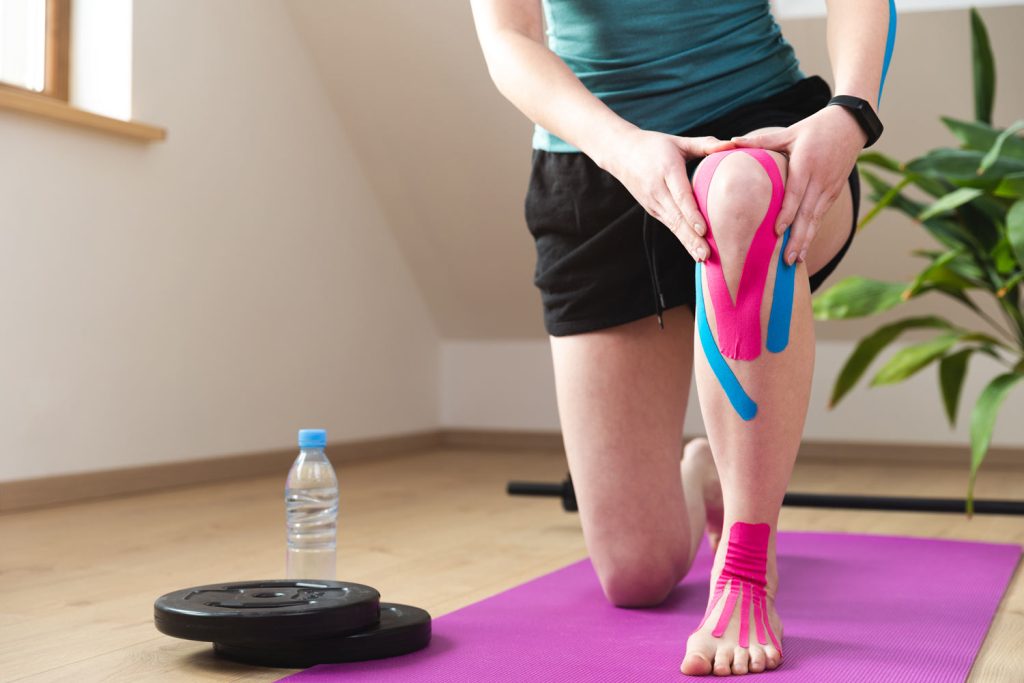What Is the Mechanism Behind Sport Tape?
Sport tape works by a combination of mechanical and neurological mechanisms. The elasticity in the tape gently lifts the skin, creating a microscopic space between the muscle and dermis. This space allows for improved circulation, which reduces inflammation and encourages faster healing of muscle and joint injuries. The elasticity also mimics the properties of the skin and underlying muscle, providing dynamic support without restricting the range of motion.

The person who invented sport tape– Dr Kenzo Kase
What Role Does Sport Tape Play in Pain Reduction?
Sport tape helps manage pain through the ‘gate control theory.’ The theory suggests that non-painful input (in this case, the slight pressure and touch of the tape) closes the nerve “gates” to painful input, which prevents pain sensation from traveling to the central nervous system. The stimulation by the tape distracts the brain, diminishing the perception of pain.
Clinical Evidence and Patient Reports
Numerous studies and patient testimonials support the efficacy of sport tape in pain reduction. For instance, athletes report less pain and increased comfort during activities when sport tape is used correctly. A systematic review has highlighted that subjects with knee osteoarthritis experienced significant pain reduction when kinesiology tape was applied around the joints, showcasing its role in clinical pain management strategies.

An explanation to Gate Control Theory
How Does Sport Tape Facilitate Lymphatic Drainage?
By lifting the skin, sport tape increases the interstitial space which allows lymph to move more freely through the lymphatic channels. This is critical in reducing swelling and bruising post-injury. The improved lymph flow helps to remove waste products, decreasing the chances of bottlenecks in the lymphatic system, which often contribute to swelling and pain.
Research indicates that sport tape’s role in enhancing lymphatic drainage significantly shortens recovery times for athletes. For example, a study measuring ankle swelling post-injury observed quicker reduction in swelling among those with sport tape compared to those without, due to improved lymphatic drainage facilitated by the tape.

Sport tape can help promote lymphatic drainage.
Does Sport Tape Help with Sports Injury Recovery?
Sport tape accelerates sports injury recovery by stabilizing injured areas, which prevents further strain and allows the body to heal without additional stress. It provides external support similar to a brace but with greater flexibility and less bulk, enabling athletes to continue training and competing as they recover.
Statistical analysis shows that athletes who use sport tape experience a reduction in recovery time. For example, a controlled study involving soccer players with ankle sprains found that those treated with sport tape returned to play 25% faster compared to those who received traditional bandaging.

What Are the Psychological Effects of Sport Tape?
Sport Tape Enhances Mental Confidence
Sport tape boosts athletes’ confidence by providing a sense of security and support. This psychological boost can be crucial, especially in competitive sports, where mental strength is as important as physical ability. Athletes feel more equipped to push their limits without the fear of injury.
Studies indicate a direct correlation between the use of sport tape and increased mental assurance during performances. For example, a survey conducted among gymnasts revealed that those who used sport tape felt more confident in executing complex routines compared to when they performed without tape.

Conclusion
At Fonitaniya, we pride ourselves on our commitment to quality and innovation in the development of sport tape. With over a decade of research and direct feedback from the athletic community, our products are designed to meet the rigorous demands of sports and active lifestyles.
FAQs
How do you apply sport tape correctly?
Start by cleaning and drying the skin, anchor the tape firmly, and layer it properly to support the area without restricting movement.
What’s the difference between sport tape and kinesiology tape?
Sport tape restricts movement to stabilize joints, while kinesiology tape permits a range of motion and can enhance circulation.
How often should you change sport tape?
It’s best to replace sport tape every one to three days, or sooner if it loosens or becomes dirty, to ensure it remains effective and hygienic.
Can sport tape prevent injuries?
Yes, correct application of sport tape can help stabilize muscles and joints, potentially reducing the risk of injuries during physical activities.
Is sport tape waterproof?
Some sport tapes are waterproof, making them suitable for activities that involve sweat or moisture.
How long can you wear sport tape?
Sport tape is generally recommended for up to three days of wear before needing replacement to prevent skin irritation.
Can you apply sport tape by yourself?
Many people successfully apply sport tape on their own, especially for easy-to-reach areas like arms and legs.
What should you do if sport tape causes discomfort or irritation?
Remove the tape immediately if it causes discomfort or irritation, and consult a healthcare professional if problems persist.


